Readers perusing the New York Tribune in early January of 1924 would have learned some intriguing news: “George Gershwin is at work on a jazz concerto,” set to premiere in February.
A jazz concerto? What could that even mean?
The usual domain of concerti—the classical music led at the time by the likes of Stravinsky, Prokofiev, and Schoenberg—was one thing. This newfangled music called “jazz” was something else entirely, and only just forming. What we now consider the genre’s first recordings, by the Original Dixieland Jass Band, were only seven years old. Readers would have been justified in wondering what might happen at this upcoming “Experiment in Modern Music,” as the concerto billed itself.
Among those curious readers was Gershwin himself. It was news to him that he was composing such a work, apparently to be performed by popular bandleader Paul Whiteman as conductor on February 12. Gershwin was a rising songwriter with a few hits to his name, but he had produced nothing so ambitious as a whole concerto, with or without jazz. And with the word out, there would be no getting out of it.
So Gershwin dashed off a score for two pianos. Whiteman’s colleague Ferde Grofé would make the arrangement for the premiere, which celebrates its 100th anniversary this month. Only later would Grofé make the full arrangement for orchestra and piano that audiences know today as “Rhapsody in Blue.”
The urgency and frenetic energy that Gershwin surely felt as he scrambled to meet the deadline came through in the work he produced. One theme sounds like hustling to get a job done, and another bit could accompany a sprint up the stairs to make it to the office on time. The whole work has an immediacy to it, which is surely one reason it remains a concert favorite a century later. “Rhapsody in Blue” doesn’t require a furrowed brow or belabored efforts to figure out what’s going on; its sunny, romantic, even sentimental themes hit right away.
This would prove to be Gershwin’s specialty. Half of the duo (with his older brother Ira) behind such staples of the Great American Songbook as “Summertime,” “Someone to Watch Over Me,” and “Embraceable You,” the younger Gershwin excelled at crafting concise tunes that stand on their own, ingratiating themselves to the listener. His preludes for piano are similarly compelling, gentler bonbons. One second, we’re treated to a ruminative piano serenade; the next, we’re getting walloped by brassy fanfare; a second more, and we might be watching the climactic lovers’ kiss at the movies.
It’s not just any particular melody, though, or even the summation of melodies, that has appealed to audiences. We feel that there is something bigger at play. “Rhapsody” isn’t just one more piece for orchestra; it feels like a dialectical synthesis, so to speak, of Old World formality and tradition colliding with the brashness and freedom of the New World. It borrowed from classical music and infused it with the new sounds of jazz to create something more vibrant than either alone.
The music speaks for itself, but the piece’s popularity surely owes something to this missionary dream that “Rhapsody” represents a musical shining city on a hill, conveying what is most American about American music. Gershwin’s own view supports this view: He called the piece “a sort of musical kaleidoscope of America,” and even originally titled it “American Rhapsody.” After learning the solo arrangement of the piece in high school, I similarly thought of it as the ultimate union between classical and jazz. After “Rhapsody in Blue,” what else was there to say?
But in so loving “Rhapsody,” we risk freezing it in amber, needlessly halting an evolving tradition just as it was getting going. After all, what even constituted jazz at this early time? That was an open question, and the genre’s future was entirely up for grabs. In 1924, King Oliver, Jelly Roll Morton, and James P. Johnson were already composing great music, but jazz was very much in its tadpole days. We in the audience miss so much when we stop at “Rhapsody” and skip over everything that came after. The piece’s jaunty adventure and lush romance are still worlds away from, say, the raw blues of Louis Armstrong’s “West End Blues,” recorded only four years later. And, we must admit, “Rhapsody in Blue” just ain’t got that swing; it doesn’t quite have the feel of jazz, the cool rhythmic sensibility which is arguably most fundamental to the genre.
This is no mark against either composer or composition. It was only fair for Gershwin to throw down his declaration of what American music might be in the still-young century. But perhaps we would be respecting Gershwin and “Rhapsody” more if we heard the piece as one statement in a conversation that had just begun: not the final word, but a grand first draft. It would be excessive to suggest that the piece has been too popular for its own good. (I, for one, can’t imagine ever not being happy to see it on a concert program.) Nevertheless, “Rhapsody” was but one early attempt—followed later in the century by works such as Morton Gould’s “Chorale and Fugue in Jazz” and Duke Ellington’s “A Tone Parallel to Harlem”—to figure out where this strange sound of jazz might fit into the picture of American music.
Gershwin would continue filling in that picture for the rest of his relatively short career. He set off for France to study with classical masters like Maurice Ravel, but they saw that the American was onto something different and refused to teach him, insisting that they would only cramp his developing style. Left to go it alone, Gershwin went on to compose other works melding classical idioms with American tastes, including “An American in Paris,” the Piano Concerto in F, and his opera, Porgy and Bess. But too soon, the shape of American music to come would be left to others: In 1937, a brain tumor killed Gershwin. He was 38.
In 1955, Leonard Bernstein—the pianist and conductor behind, for my money, the best recording of Gershwin’s classic—remarked that “Rhapsody in Blue” “is not a real composition in the sense that whatever happens in it must seem inevitable … You can cut out parts of it without affecting the whole … You can remove any of these stuck-together sections and the piece still goes on as bravely as before.” With melodies like Gershwin’s—“God-given,” in Bernstein’s words—who could object? In lesser hands, this strategy would have produced hackwork. But for Gershwin, it led to a masterpiece that captivates even a century later.

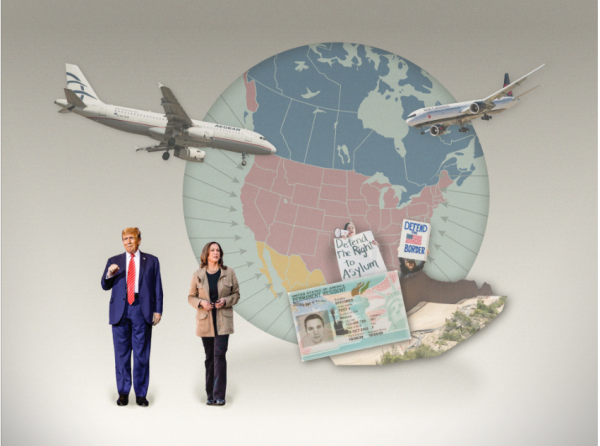
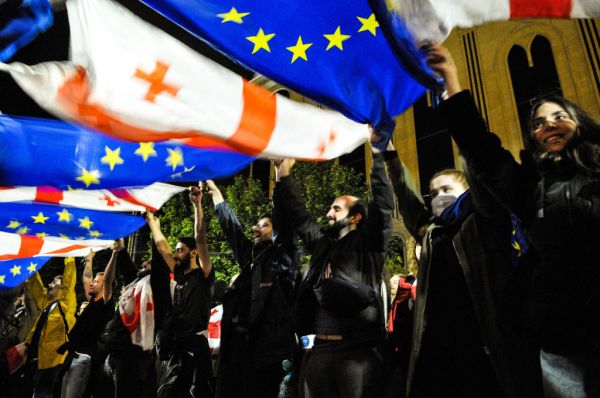
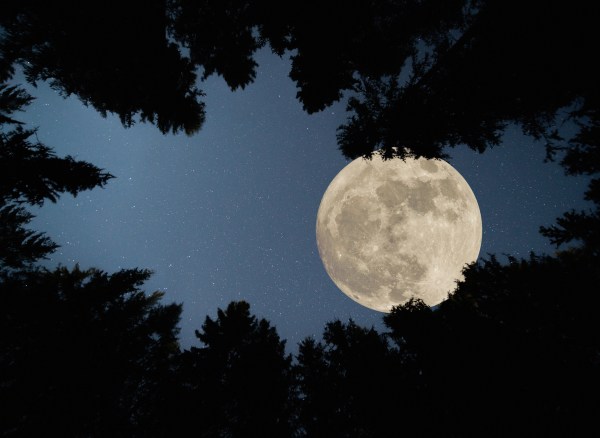
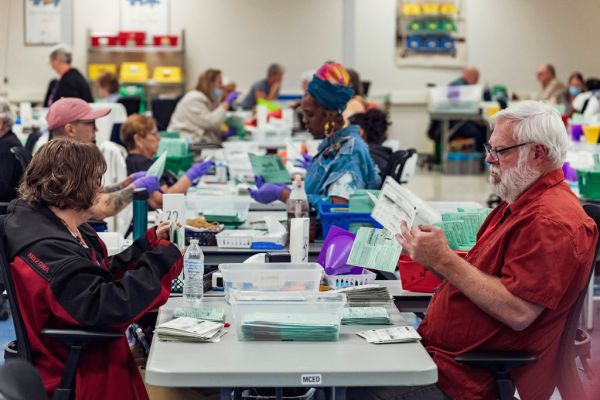
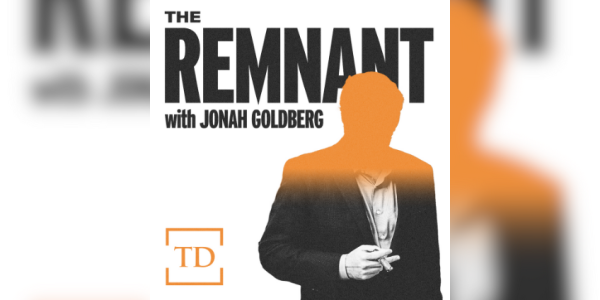
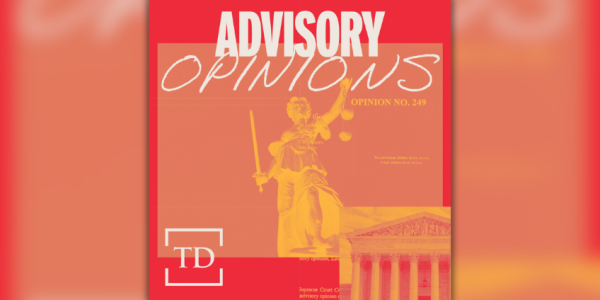
Please note that we at The Dispatch hold ourselves, our work, and our commenters to a higher standard than other places on the internet. We welcome comments that foster genuine debate or discussion—including comments critical of us or our work—but responses that include ad hominem attacks on fellow Dispatch members or are intended to stoke fear and anger may be moderated.
You are currently using a limited time guest pass and do not have access to commenting. Consider subscribing to join the conversation.
With your membership, you only have the ability to comment on The Morning Dispatch articles. Consider upgrading to join the conversation everywhere.